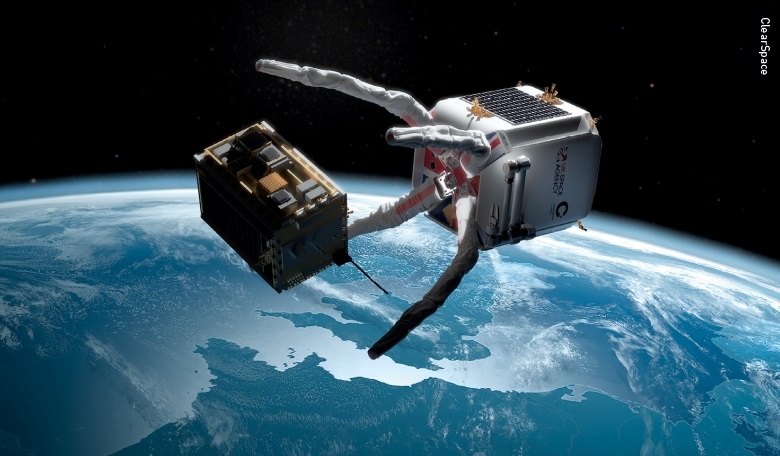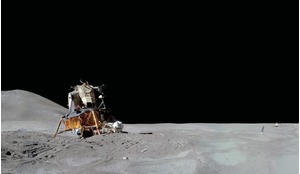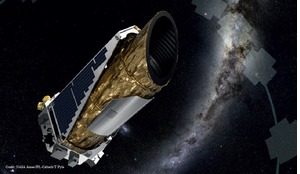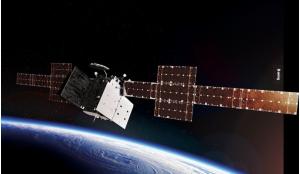Our reliance on the space infrastructure is growing but at the same time the intensification of space activities is associated with increased congestion and collision risk. Concern that space debris could jeopardise the invaluable benefits we receive from satellites is mounting and addressing this risk requires new technologies and services to remove derelict objects from space. In Europe, the development of these much-needed capabilities is supported by the European Space Agency (ESA) and the UK Space Agency (UKSA), with pioneering missions planned in the next four years.
The rise of digital technologies has revolutionised our daily life as instant messaging, social media, movie streaming and online gaming are enjoyed by a growing part of the world’s population. It is not only the breadth of digital services that is expanding, but also the variety of connected devices. Personal goods such as cars, household items and watches, and infrastructure such as ships, oil fields and power plants are more and more often connected.
The sensors they embody generate a vast amount of information that is then transmitted through communication networks, a function increasingly fulfilled by the space infrastructure. Satellites relay signals from different places on Earth enabling connectivity even in remote places. This need for ubiquitous connectivity drives the development of large constellations of satellites for broadband internet and the Internet of Things. This trend has led to a more than tenfold increase in satellites launched over the past ten years and is expected to continue in the coming decades.
Satellites not only relay data, but also generate critical information for our societies, such as on the weather and the environment. As imaging and processing capabilities improve, these observations of our planet become even more valuable. In the effort to fight global warming, satellites have become critical in monitoring human activities and developing the appropriate responses.
While the use of Earth orbits provides numerous benefits to humans, we have only been able to take advantage of this natural resource for the past 65 years; many applications and their associated benefits are yet to be discovered. We may have enjoyed less than a century of orbital use, but the orbits are already congested with tons of human-made derelict objects. These space debris objects are already making operations more costly - for example, by requiring more shielding or to conduct evasive manoeuvres - and they threaten the long-term benefits of space activities.
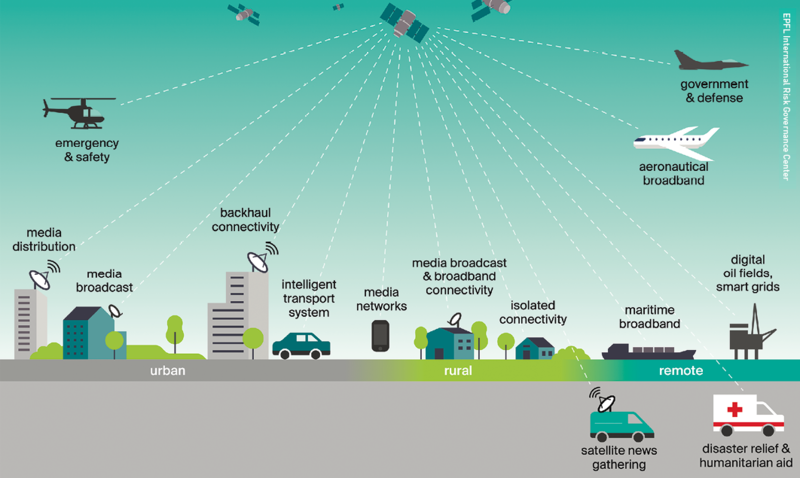 Interconnected satellite communications networks.
Interconnected satellite communications networks.
Debris removal
Today, there are about a million human-made objects in the 1 to 10 cm size-range orbiting our planet. Most of these objects are too small to be tracked from the ground and thus cannot be avoided by operational satellites. Crucially, as some of those objects are travelling five times faster than a bullet, they have enough energy to create lethal damage to satellites or even completely fragment them.
Although with current technologies we are not able to remove those small objects from orbit, we can limit their sources. Limiting the build-up of these so-called lethal non-trackable objects is critical in ensuring that our orbital neighbourhoods can be safely used.
Accidental explosions of spacecraft and collisions between large objects can create hundreds of thousands of small fragments. Operational satellites can often dodge the large objects as they are well tracked and collision avoidance capabilities are improving, but there are more than a thousand large derelict objects, such as rocket bodies or failed satellites, which cannot be manoeuvred.
Some of those objects are clustered in specific orbits and thus have a high risk of colliding with each other and the fragments resulting from one collision can generate another one and so on. This is the collisional cascade problem, known as the Kessler syndrome, which could lead to an exponential growth of the debris population that may have already commenced according to modelling projections.
On the road, cars that break down or run out of fuel are towed away, but this is not yet the case in space. To prevent collisions involving derelict space vehicles, a tow-truck service – formally known as active debris removal (ADR) - is required.
To perform this service, a robotic spacecraft is launched to rendezvous with a derelict object, capture it and manoeuvre to a lower orbit where the object is released, allowing it to burn up on re-entering the atmosphere. While the method appears simple, it is technically very challenging and has not yet been performed.
Derelict objects have not been prepared for removal and are not controlled, making their capture challenging. It requires a different concept of operations and technologies than for controlled and prepared docking, such as those taking place at the International Space Station.
When dealing with objects that have been in space for a long time, there are many uncertainties, making the design of a robotic servicer spacecraft difficult. How the derelict objects’ materials have aged and how much they are rotating are not precisely known, as they are difficult to observe from the ground and imaging capabilities in space for that purpose are, for the moment, limited.
Grabbing objects in orbit is also difficult as satellites are in freefall with limited drag and friction. For each action there is an equal and opposite reaction, so any unintended contact with a client object can lead to a failed capture attempt and might produce new rotations, making successive capture attempts even more challenging.
Finally, derelict objects have a wide variety of shapes, with appendages such as solar panels and antennas. To avoid breaking them when the object is rotating, the servicer must match the rotation and the capture mechanisms must avoid touching the appendages.
Making ADR a reality not only requires such challenges to be overcome, but also involves other technical aspects, such as autonomy and safety; there are also programmatic aspects, such as costs or licensing. For years, space agencies, industry and academia have been developing concepts and technologies to tackle some of these issues individually. As a result, some early-stage demonstration missions have been flown in the past few years, including the RemoveDEBRIS mission by the Surrey Space Centre in 2018 and ELSA-d by Astroscale in 2021.
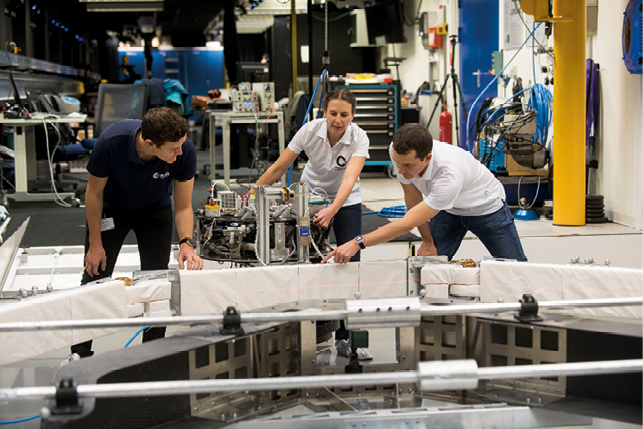 ClearSpace and ESA teams test the full-scale model of the ClearSpace-1 capture mechanism on ESA’s unique low friction air bearing facility at the European Space Research and Technology Centre (ESTEC).
ClearSpace and ESA teams test the full-scale model of the ClearSpace-1 capture mechanism on ESA’s unique low friction air bearing facility at the European Space Research and Technology Centre (ESTEC).
Europe at the forefront
It is critical that future satellites are prepared for disposal by implementing design features such as visual markers and docking interfaces to facilitate navigation and capture
In Europe, the European Space Agency (ESA) and the UK Space Agency (UKSA) have taken the lead in funding pioneering missions that put the different pieces of the puzzle together. Demonstrating the complete value chain of debris removal from the design of the servicer to the safe deorbiting of a derelict object, while addressing technical, policy and legal challenges, is fundamental to proving the feasibility of debris removal and is a critical step towards a commercial service.
In 2020, after performing several initial studies, ESA commissioned ClearSpace to carry out the first removal of a large piece of space debris from Earth orbit. The mission, dubbed ClearSpace-1, aims at demonstrating the complete value chain of debris removal by capturing and deorbiting an ESA-owned object - a Vega Secondary Payload Adapter (VESPA) left in orbit in 2013 and now roaming at about 700 km altitude. The VESPA is two metres in diameter and 112 kg in mass and was selected because of its simple shape and characteristics, which are similar to other items that could be removed in future commercial missions.
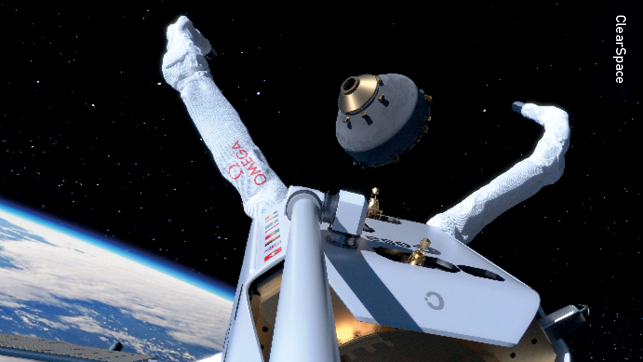 Artistic impression of the servicer approaching the VESPA for the ClearSpace-1 mission, commissioned by the European Space Agency.
Artistic impression of the servicer approaching the VESPA for the ClearSpace-1 mission, commissioned by the European Space Agency.
ClearSpace was co-founded in 2018 by Luc Piguet (CEO) and Muriel Richard-Noca (CTO). Richard-Noca had worked at NASA for 12 years before building solutions at the Ecole Polytechnique Fédérale de Lausanne (EPFL) to address the growing threat of space debris. In 2009, the SwissCube - a student-led CubeSat mission she initiated - was launched into the field of debris generated by the collision between an active American commercial satellite, Iridium 33, and a derelict Russian military satellite, Kosmos-2251, which had occurred a few months before. Both the unexpected operational risks of colliding with a piece of debris and the concern that the SwissCube would become a space debris object after its intended mission motivated Richard-Noca and her EPFL team to create a research and technology programme on space clean-up.
Several years of understanding the problem and core technology developments fertilised the ground for commercial activities and ClearSpace was spun-off from EPFL in 2018 to provide the servicing capabilities needed by the booming space infrastructure to ensure that orbits are used sustainably. In this endeavour, ClearSpace is not alone, and the company has built a strong industrial consortium across Europe with all the competencies required to achieve this world premiere in deorbiting the VESPA.
The UKSA followed in ESA’s footsteps by launching its national space debris removal programme in 2021; it was a first step in the UK’s ambitious plan to lead the global effort to make space more sustainable. Two companies, Astroscale and ClearSpace, were selected in September 2022 to design missions to clear hazardous space junk.
The UKSA intends to provide further funding to allow a removal mission to fly in 2026. According to Paul Bate, UKSA’s Chief Executive, “by catalysing investment, backing innovative new technologies and supporting a national mission to remove space debris, we can keep space open for future generations and protect the important satellite services that modern life depends on”.
UKSA requirements for this mission are pushing the development of commercial removal services a step further by requiring the deorbiting of at least two UK-registered objects with a refurbishable servicer.
ClearSpace’s proposal, the CLEAR mission, will advance the two areas of multi-removal and refuelling, which are critical in offering a commercially viable removal service. The CLEAR mission will also demonstrate a UK-developed robotic arm in orbit, validating technologies that will form the backbone of the wider in-space servicing, assembly and manufacturing (ISAM) market.
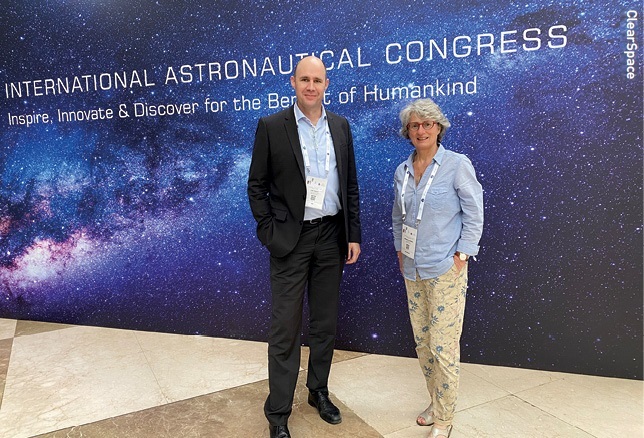 ClearSpace founders Luc Piguet and Muriel Richard-Noca
ClearSpace founders Luc Piguet and Muriel Richard-Noca
Holistic approach
A two-pronged approach is required to address the congestion in near-Earth orbits. Firstly, we need to act more responsibly and limit the build-up of space debris and, to that end, we need to ensure that no more derelict objects are left in orbit. This can be achieved by a number of actions, including better protecting satellites from impacts and making them more reliable; better tracking objects and improving collision avoidance; and ensuring that satellites are properly disposed of at the end of their useful lives.
However, even with the best efforts in these areas, some satellites will not be able to conduct their own disposal. That is why affordable removal services are a second key part of the solution. They offer a ‘fail-safe’ approach that can guarantee that spacecraft do not get stranded in orbit. To facilitate the development of disposal services and reduce their risks, it is critical that future satellites are prepared for disposal by implementing design features such as visual markers and docking interfaces to facilitate navigation and capture.
Unfortunately, doing more with future space missions is insufficient, as we have inherited a legacy of derelict objects. We need to address the existing population of space debris and remove dangerous objects that threaten entire orbital regions - and that is what the first trailblazing debris removal missions are all about. They are leading the way to the commercial services that will be able to address our future active debris removal needs.
About the author
Romain Buchs is a Space Policy Analyst at ClearSpace where he coordinates strategic policy initiatives to make space activities safer and more sustainable and supports licensing of ClearSpace missions. He previously led the EPFL International Risk Governance Center (IRGC) project on evaluating and managing risks related to space debris, and has experience in cleantech strategy consulting and research into environmental politics. Mr Buchs holds an MSc in Science, Technology and Policy from ETH Zürich and a MSc in Physics from EPFL.





